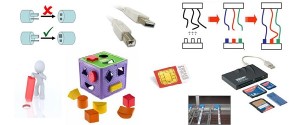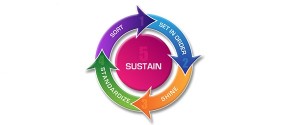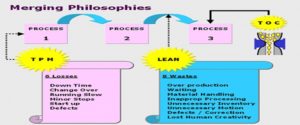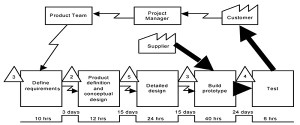Background
Fortune 1000 organizations have realized immense success by implementing the Define, Measure, Analyze, Improve, Control (DMAIC) methods made famous by Six Sigma practictioners. These practitioners can maximize their project results (e.g., cost savings and defect reduction) by incorporating real variability and uncertainty in their processes and into their process models or spreadsheets.
Simulation, optimization, and forecasting can be used throughout the DMAIC process. In this case study, a company that sold perishable inventory used Crystal Ball Professional Edition software within the Six Sigma process to create and maintain an optimal balance between lost sales and wasted inventory. In the recent past, this company all too often turned away customers due to unanticipated demand and a lack of inventory. This problem was identified and handed off to a Six Sigma project team for resolution.
Define
The first step in the Six Sigma project was to clearly define the “defect” and our project objectives. A defect was defined as any instance in which we turn a customer away because we do not have the materials to complete their order. In the past few years, these instances seem to have been happening with increasing frequency. We tracked the number of orders declined for the past ten years, and we saw an annual increase in the number of customers turned away. As you can see in Table 1, last year we turned away a record 1631 orders due to lack of inventory.
Table 1. Historical Lost Sales
Year Total Lost Sales
1994 : 168
1995 : 382
1996 : 425
1997 : 457
1998 : 488
1999 : 504
2000 : 605
2001 : 696
2002 : 1182
2003: 1631
Using the historical sales data , we forecast the number of lost sales given no change in our current processes. Calculated an expected (mean) value of 2113 lost sales for this year (Figure 1). The output was saved as a normal probability distribution that described the uncertainty of the forecast.







